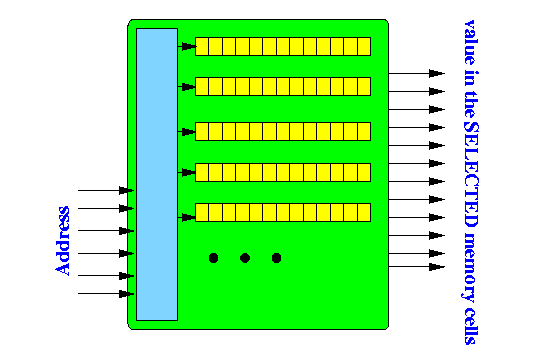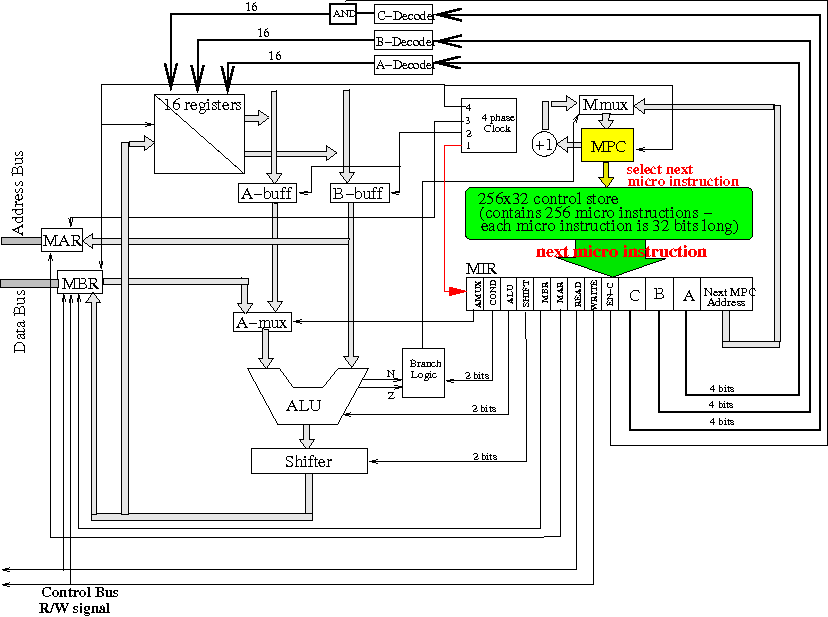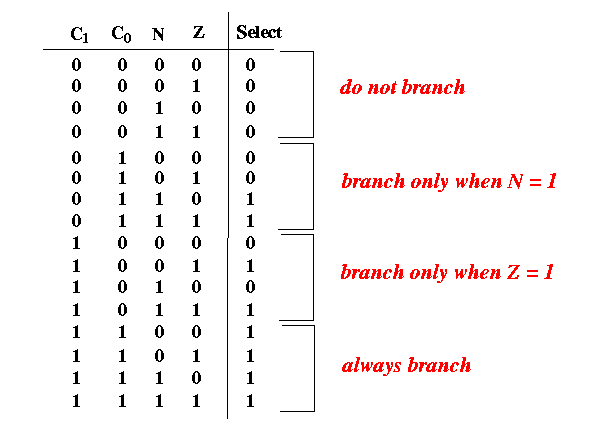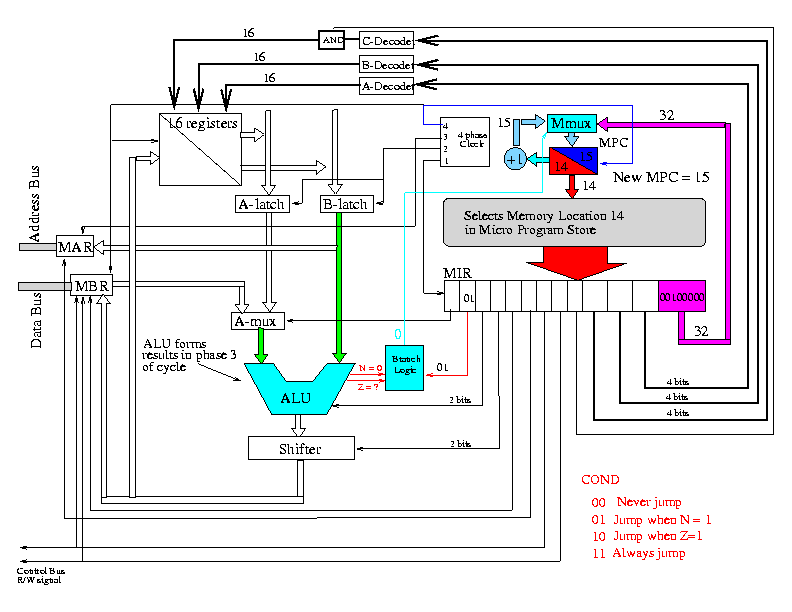Flow control is the flow of program execution. The "normal program execution flow" is sequential, i.e., after executing one instruction, you execute the following one.
Branching alters the "normal program execution flow". You have learned this in CS255.
To understand how the CPU run/execute the micro-porgram, we need to understand how the micro program flow control....
Recall that a micro-program is a sequence of micro-instructions that controls the behaviour of the datapath (and thus also the CPU)
Recall also that the CPU has one single purpose: to fetch assembler instructions from memory, decode and execute them.
Therefore, the micro-program is very specific
Normally, programs are stored in the memory. But it would not be practical to store the micro-program in memory because it would be too slow to fetch micro-instructions from memory.
Fortunately, the micro program is very small (because all it does is to instruct the CPU to perform the steps in the assembler instruction execution cycle, which only consists of a few steps).
Thus, the micro-program is stored inside the CPU:

- The micro-program is stored in a ROM (read-only memory).
This kind of memory is written once and cannot be changed
(You don't ever need to change the mirco-program because the CPU
will do the same thing all the time...)
-
I want to make sure that you still remember how memory work:

- The address signals are used to select a row in the memory
- The bits in the selected row is sent to the output (pins) of the memory
- The ROM containing the micro-program is called the
Micro-Instruction ROM (MIR):

- The address used to
select the
next micro-instruction is
provided by
a 8-bit memory
called the
Micro Program Counter (MPC):

- The normal program flow is:
- Execute the next micro-instruction when the current micro-instruction has been executed
The next micro-instruction is found at address MPC + 1
- We can update
the MPC by
MPC + 1 using the
following circuit:

- Sometimes,
we need to
branch !!!
- The following circuit:

give us the ability to update the MPC to
- MPC + 1 or
- A specific branch (micro-program) address
How this works:
- If we set the
branch control signal
to set the
multiplexor to
select the
left value (MPC+1),
then:
- the MPC will be
updated to
MPC+1 if the
MPC is given a
clock
This will cause the next micro-instruction to be selected (normal control flow)
- the MPC will be
updated to
MPC+1 if the
MPC is given a
clock
- If we set the
branch control signal
to set the
multiplexor to
select the
right value (branch address),
then:
- the MPC will be
updated to the value of the
branch address if the
MPC is given a
clock
This will cause the micro program to branch to the specified branch address (we branched !!!)
- the MPC will be
updated to the value of the
branch address if the
MPC is given a
clock
- Every micro-instruction
has an 8 bit field that specifies
a branch address:

The last 8 bits in the micro-instruction is a branch address
- These 8 bits are
sent to the
right side of
the 8 multiplexors




